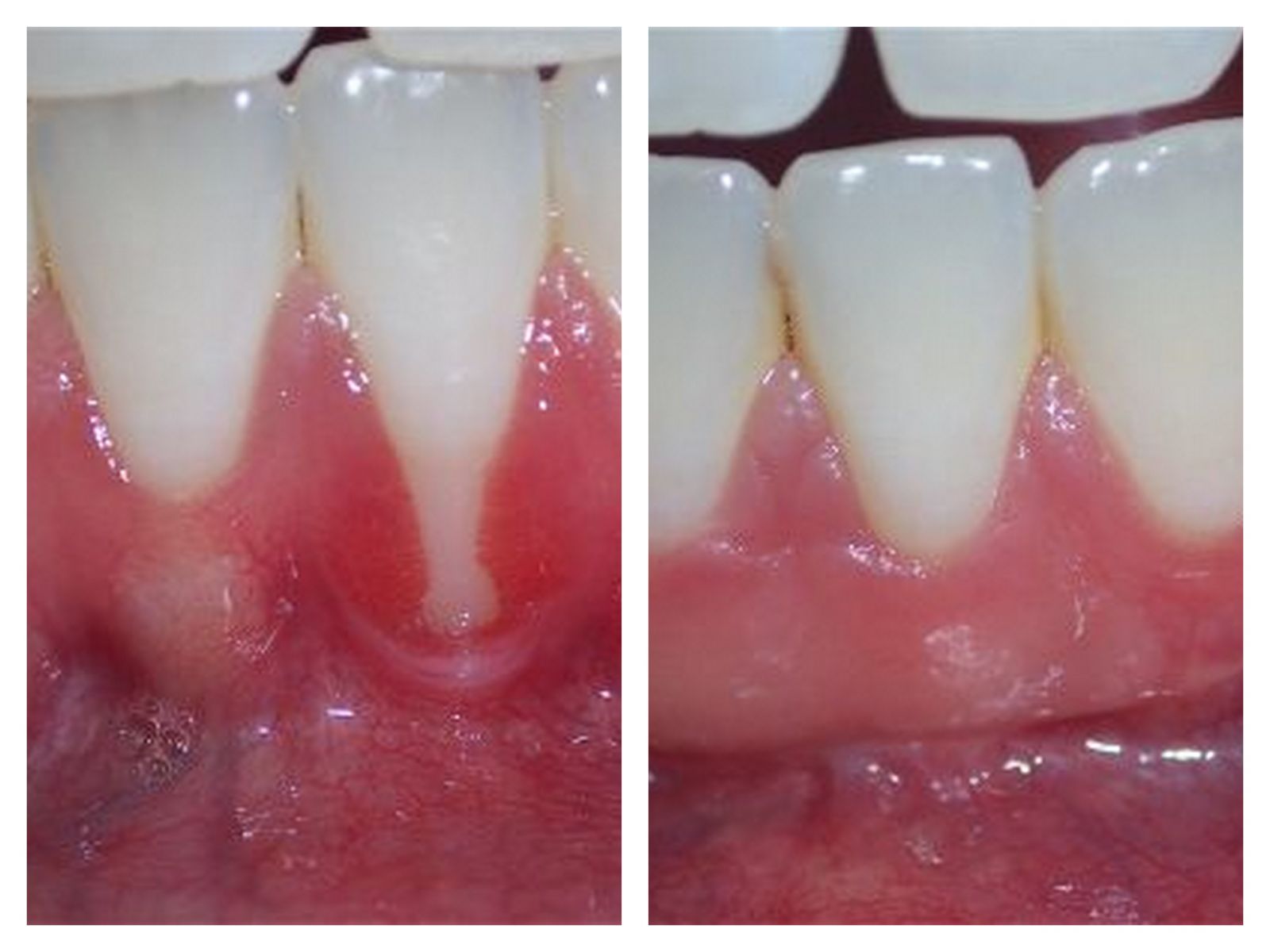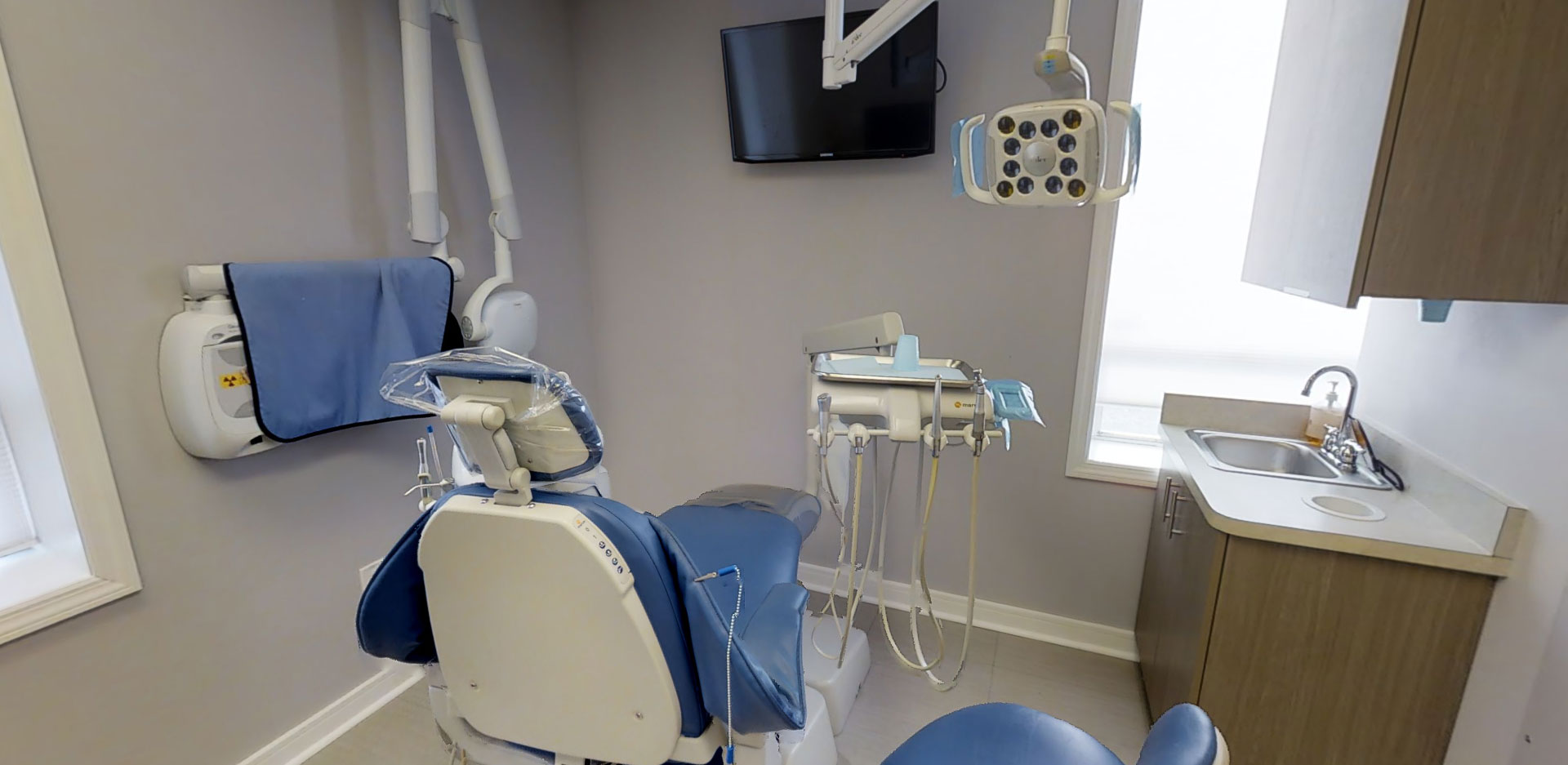
Have you been told you need a gum graft? There's nothing to worry about. Gum surgery is actually not bad, and it may be just what you need to protect your teeth from the dangers of gum recession. Some people also opt for gum recession to improve the look of their smiles.
What is gum recession? It occurs when the gum tissue surrounding a tooth pulls away so that the tooth's root is exposed. Gum recession is a fairly common problem, affecting between 4 and 12 percent of adults. However, people often don't notice it until the problem is severe, by which time the bone supporting the tooth may be damaged.
You may not be aware that your gums are receding because the process happens so gradually. Once the root is exposed, however, you may experience extreme tooth sensitivity, especially when the tooth root is exposed to hot or cold foods. Gum recession can also look unattractive, and if it's not treated, tooth loss can occur.
Gum tissue grafting is the treatment of choice for repairing damage due to gum recession. This treatment can also help prevent dental problems in the future.
What Happens During a Gum Tissue Graft
Your dentist can choose between three types of gum tissue graft procedures, depending on what you need:
- Connective Tissue Grafts. In this procedure, the dentist cuts a flap of skin from the roof of your mouth, also known as your palate. Next, he removes subepithelial connective tissue, which is just tissue from under that flap. He then stitches that tissue to the gum tissue around the exposed root where you're experiencing the recession. The flap in the roof of the mouth is then stitched back into place. This type of skin graft is the most common type.
- Free gingival grafts. These grafts also use tissue from the roof of the mouth, but the tissue is removed from the roof of the mouth directly with no flap. The dentist then attaches that tissue directly to the area of gum recession. While this isn't the most common procedure, it's useful for people with thin gums who may need additional tissue to complete the graft.
- Pedicle grafts. In this type of graft, the dentist takes tissue from areas of gum near the tooth needing repair. A pedicle, which is a flap of gum, is cut away on three sides, with the fourth side remaining attached. The dentist then pulls that flap to cover the exposed tooth root, sewing it into place. This procedure is chosen for people who have a lot of gum tissue near the exposed root.
Material from tissue banks is sometimes used in place of natural tissue from the roof of the mouth. The dentist may also use proteins that stimulate tissue to urge the body to grow more tissue and bone.
To find out which of these procedures is the best option for you, call today to schedule a free consultation with Dr. Csillag.



 (973) 567-7773
(973) 567-7773
